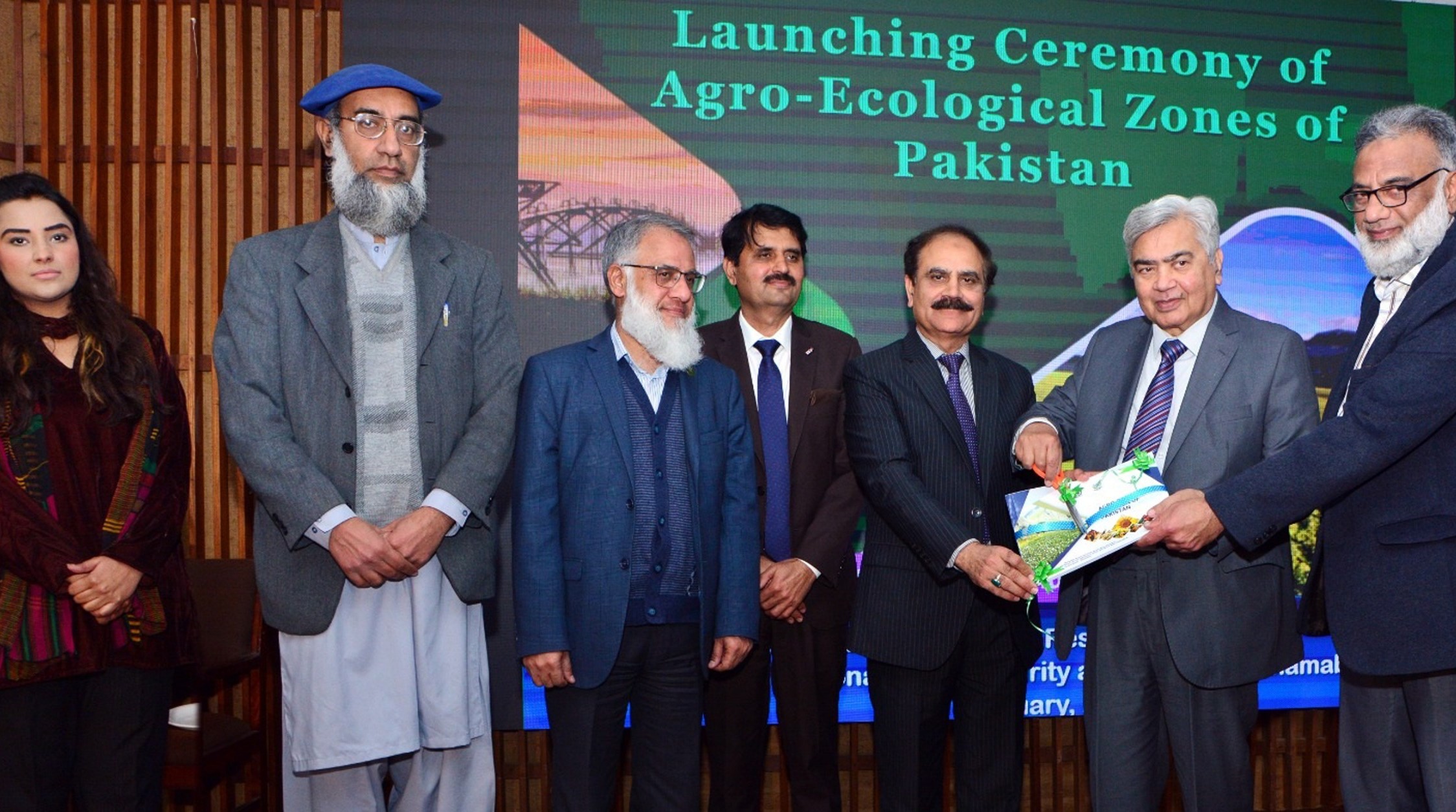- Identifying agro-ecological zones is crucial for maximizing output of agriculture Sector: Chairman PARC
WNAM REPORT: Dr. Kauser Abdulla Malik, Federal Minister for the Ministry of National Food Security and Research, chaired the launching event of the updated “Agro-Ecological Zones of Pakistan” at the National Agricultural Research Centre, NARC Islamabad. During his speech, Dr. Kauser commended the efforts of PARC scientists and stated that NARC is the centre of excellence and a exemplary organization. He also emphasized the importance of establishing a dissemination mechanism to engage all stakeholders and suggested that provincial agricultural departments utilize the report.
The report offers a comprehensive overview of Pakistan’s updated agro-ecological zones, considering changing environmental conditions. It was prepared under the directive of the Ministry of National Food Security and Research, categorizing Pakistan’s ecology into various zones and sub-zones with a specialized database. Initially PARC delineated 10 agro-ecological zones in 1980s with the knowledge and technologies available at that time. After about 40 years PARC has now redefined these zones with more precise data, technology and modern knowledge. Additionally, data on 25 crops, including 13 each of khareef and Rabi crops suitable for different ecological zones, was developed.
Chairman PARC, Dr. Ghulam Muhammad Ali, expressed gratitude to the Federal Minister for his keen interest in the report’s preparation, highlighting its significance in identifying appropriate crops for diverse ecological conditions nationwide. He said that Identifying agro-ecological zones in Pakistan is crucial as it helps tailor agricultural practices to specific environmental conditions, maximizing crop productivity. Understanding these zones can lead to more sustainable and profitable farming methods, better resource allocation, contributing to food security and economic growth in the region.
The Incharge of the project, Dr. Arshad Ashraf, Provided thorough briefing of these ecological zones, while highlighting the potential crops, livestock and commodities in different agro-ecological zones.


